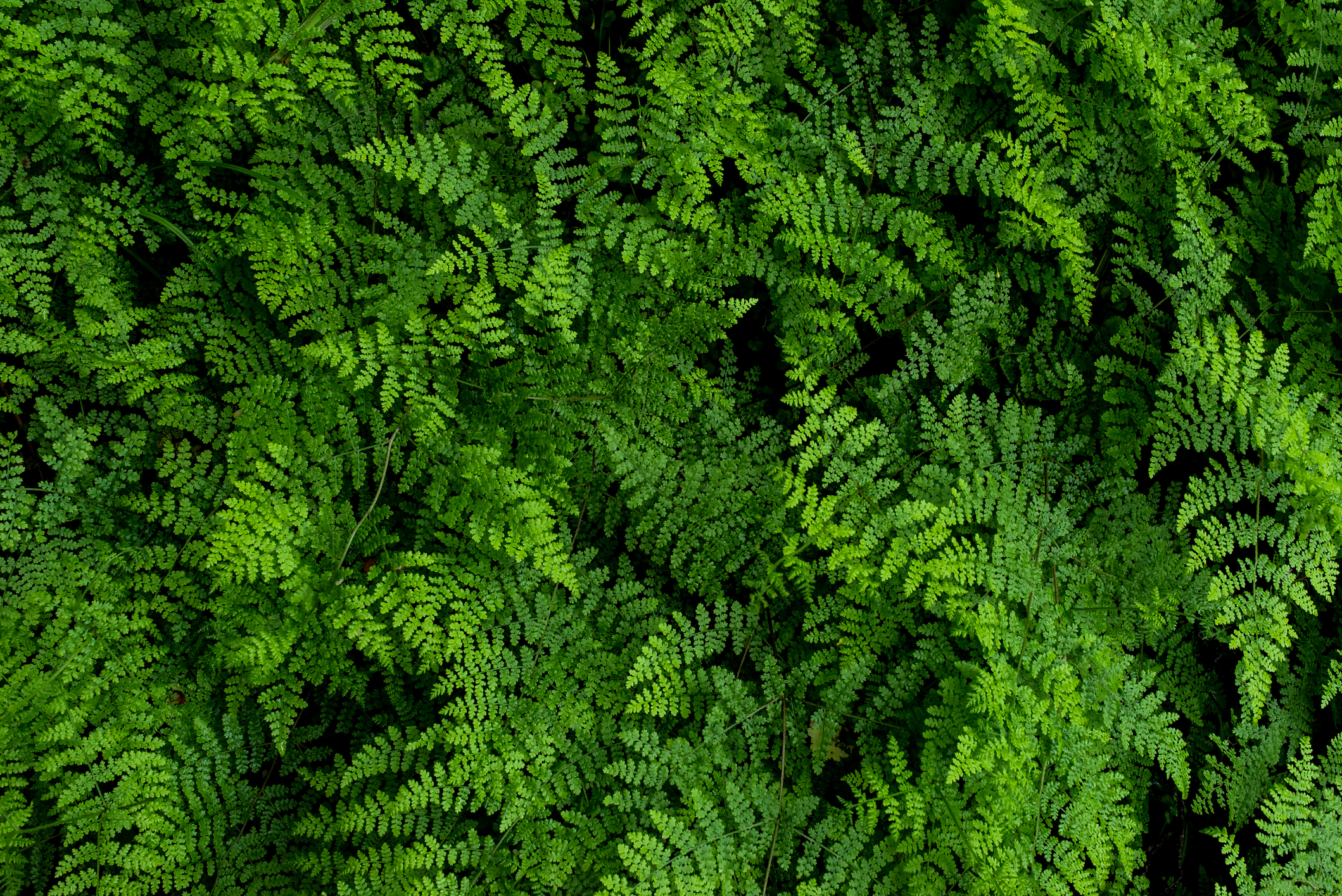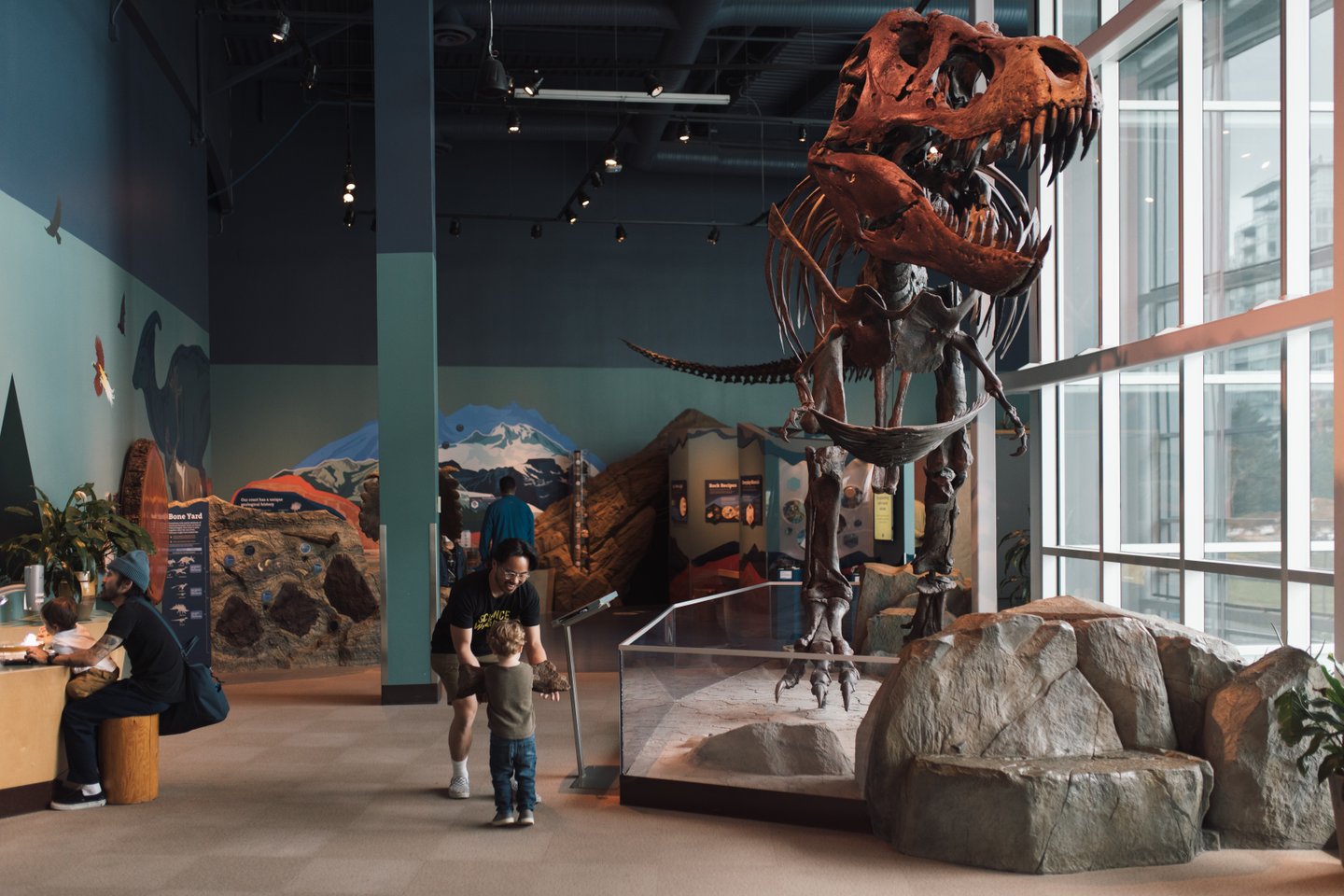How were you discovered?
For 66 million years, I rested in general comfort in the Hell Creek Formation in South Dakota, enjoying the afterlife under a layer of silt, save for my pelvic bone which for a long time was exposed to the elements—chilly in the winter and hot in the summer.
Thirty-five years ago, my namesake Stan Sacrsion, an amateur paleontologist, was out exploring in the Hell Creek Formation (aka dinosaur-fossil oasis), looking for relics of the past, when he spotted my pelvis peeking out of a cliff.
Stan shared his fortuitous find with the Black Hills Institute of Geological Research and in 1992, a group of paleontologists arrived from the Institute to unearth his discovery. A Bobcat roamed the ground above me, removing the layer of rock covering my skeleton and knives and awls were used for the finer work—gently exposing my bones.
After I was excavated, my bones were wrapped in burlap and plaster and brought back to the Institute. I was cleaned and spiffed up, and lived at the Institute for nearly three decades before embarking on a dramatic journey to Abu Dhabi.
Can you share an interesting fact about your discovery?
Since 1992, the Black Hills Institute has returned to my excavation site twice to do some more digging and they have now found 199 of my bones. That’s more than half of the bones I had when I was alive!
What were you like when you lived in present-day North America?
I was a little bit of a rowdy tyrant when I lived here over 66 million years ago. My skeleton showed signs that I had suffered a broken neck, injuries in my cheeks, several broken and healed ribs, a nasty head injury, and scars indicating that I had likely been beaten by another T. rex.
But it was a different time! It was eat or be eaten. I had to tussle for everything—food, territory, survival!
What kind of food did you have to fight for?
No comment.
Stan?
Okay, on occasion, when I was ravenous, I ate some of my dinosaur friends. I was a meat-eater and I needed a lot of food—crocodiles, flying reptiles, large lizards, small mammals, and dinosaurs—to live.
What kind of dinosaurs did you eat when you were ravenous?
All of them. I ate herbivores (Triceratops, Edmontosaurus and Ankylosaurus) and carnivores (Struthiomimus, Dromaeosaurus and T. rex).
And how often were you ravenous?
….
How did you die?
No one is certain, but some paleontologists believe my death was likely caused by disease or old age.
Some of my dinosaur friends—
Like the ones you ate?
Some of my uneaten dinosaur friends suffered a worse fate—a mass extinction that many scientists believe was caused by a meteorite colliding with Earth. Some of them live on today as birds though.
How did your discovery contribute to our understanding of dinosaurs?
By examining the injuries I sustained, paleontologists have gained insight into how T. rex’s bones healed. My skull was also used as a test model to determine the bite force of T. rex. Spoiler alert: our bites were deadly!
Where do you live now?
Right now, I’m getting ready for a major reveal as part of a new natural history museum in Abu Dhabi. But you can find my replicas in museums all over the world, from Tokyo and Milan to Vancouver and Albuquerque.
Come meet our dinosaurs!
Visit Stan in the Search Gallery then check out the T. rex casts in T. rex: The Ultimate Predator, our feature exhibition presented by RBC and White Spot Restaurants.

